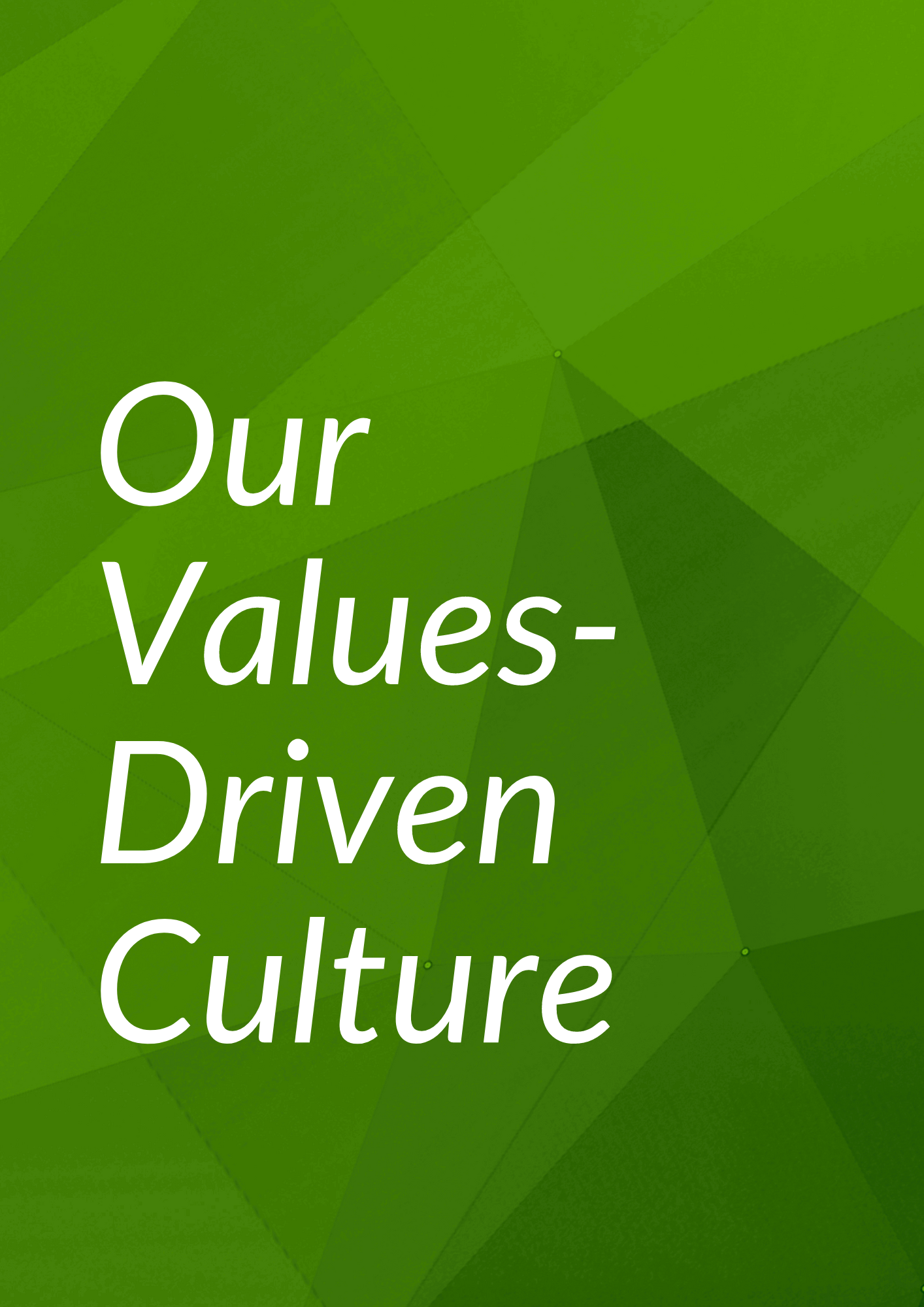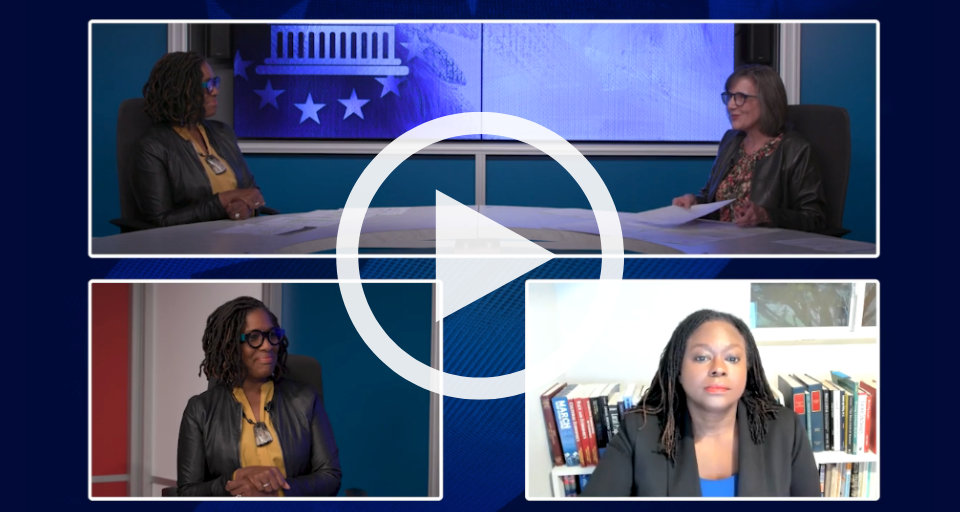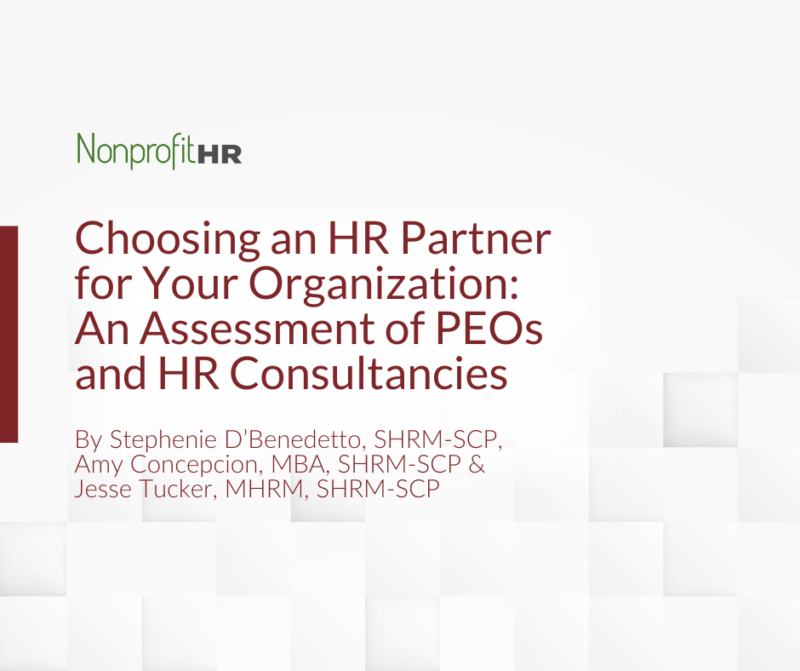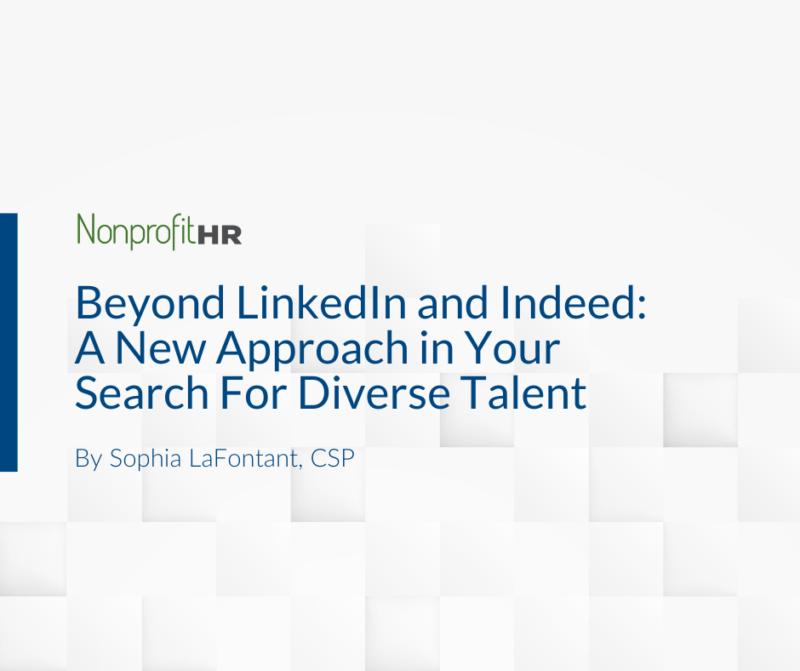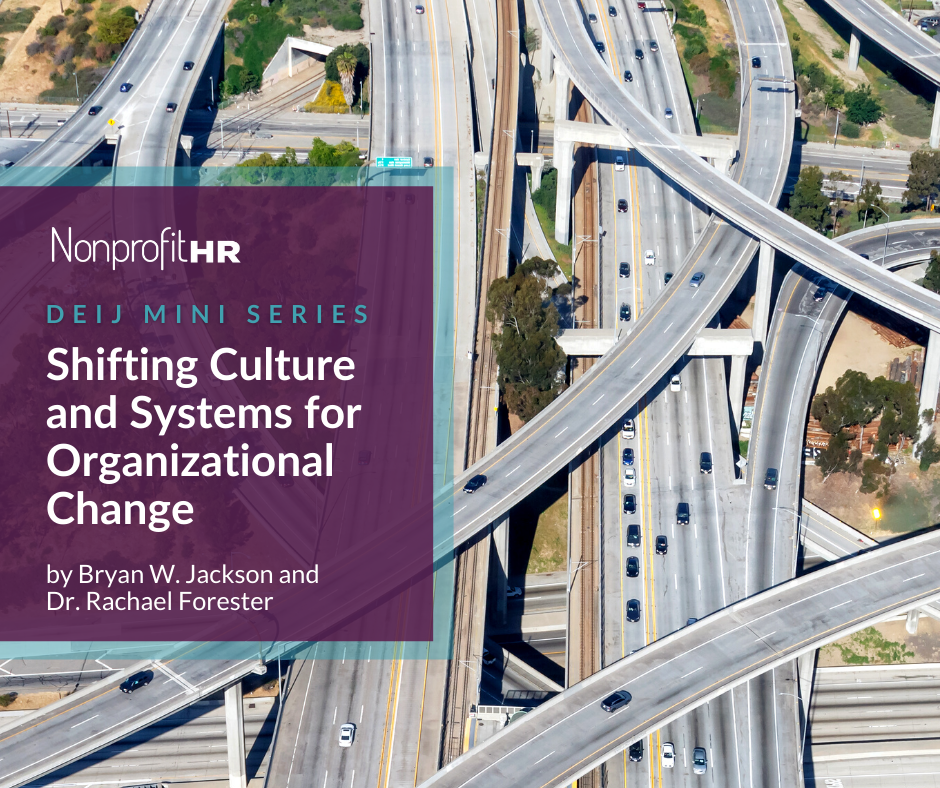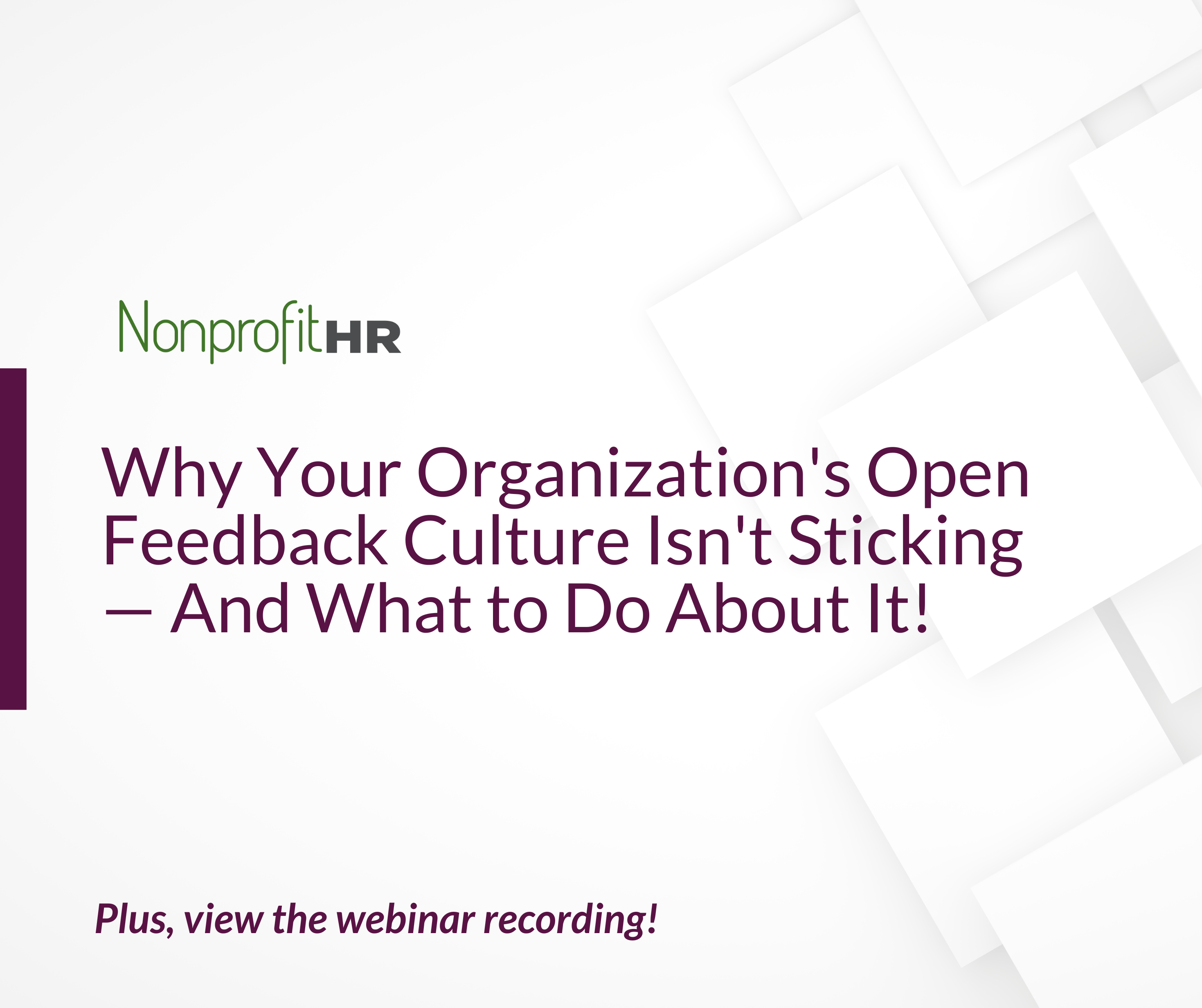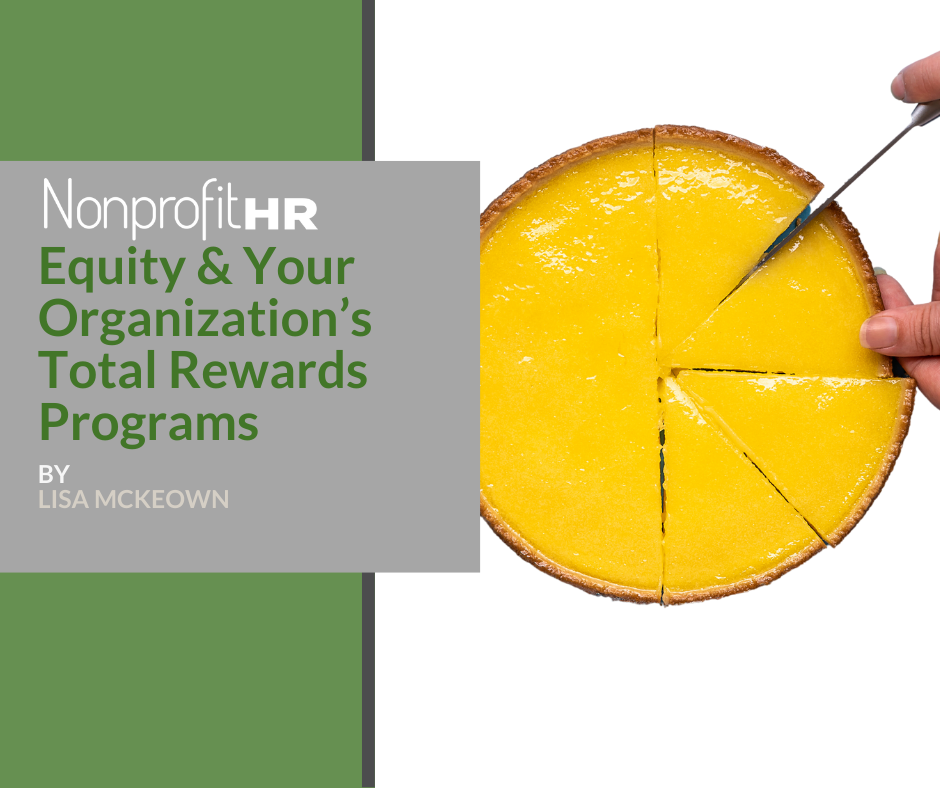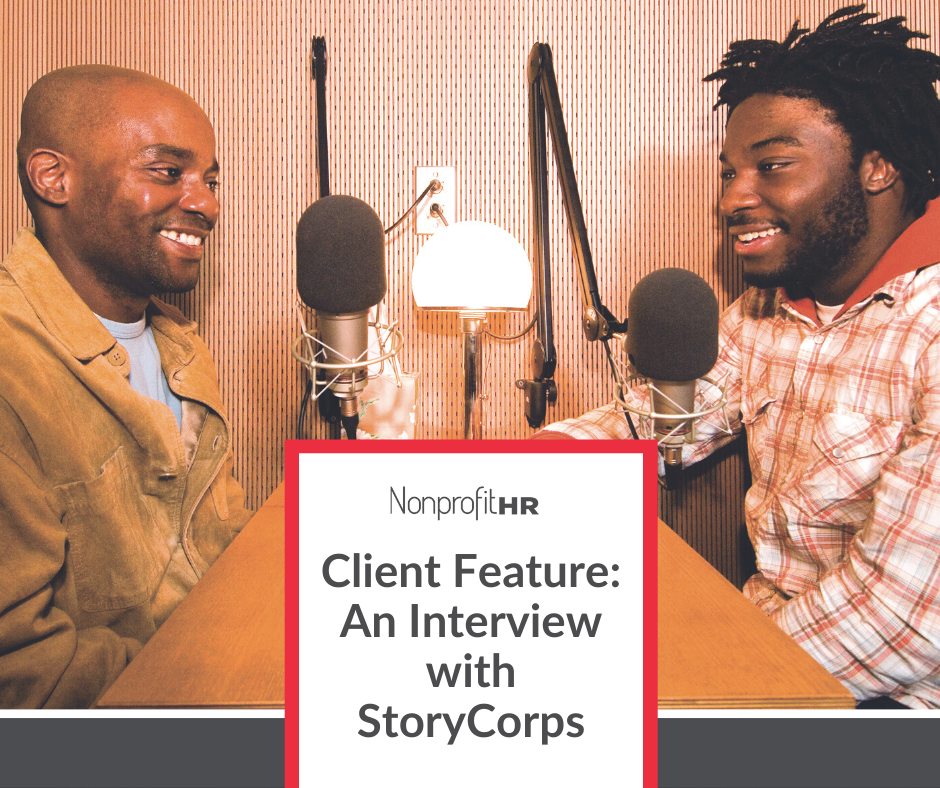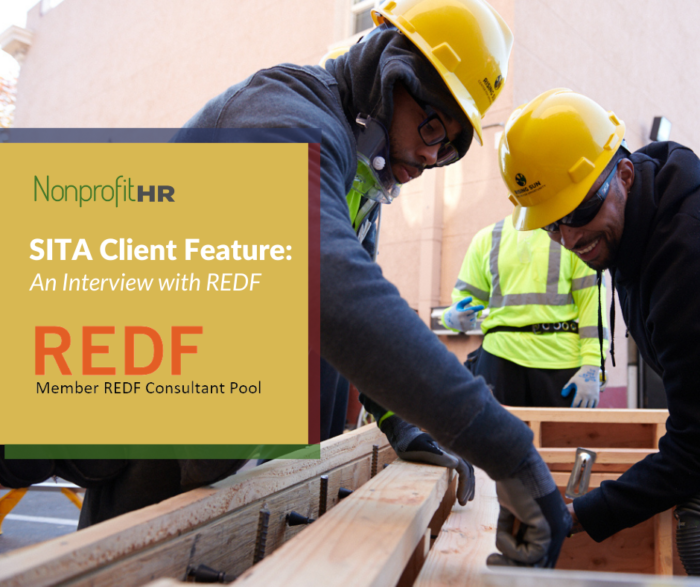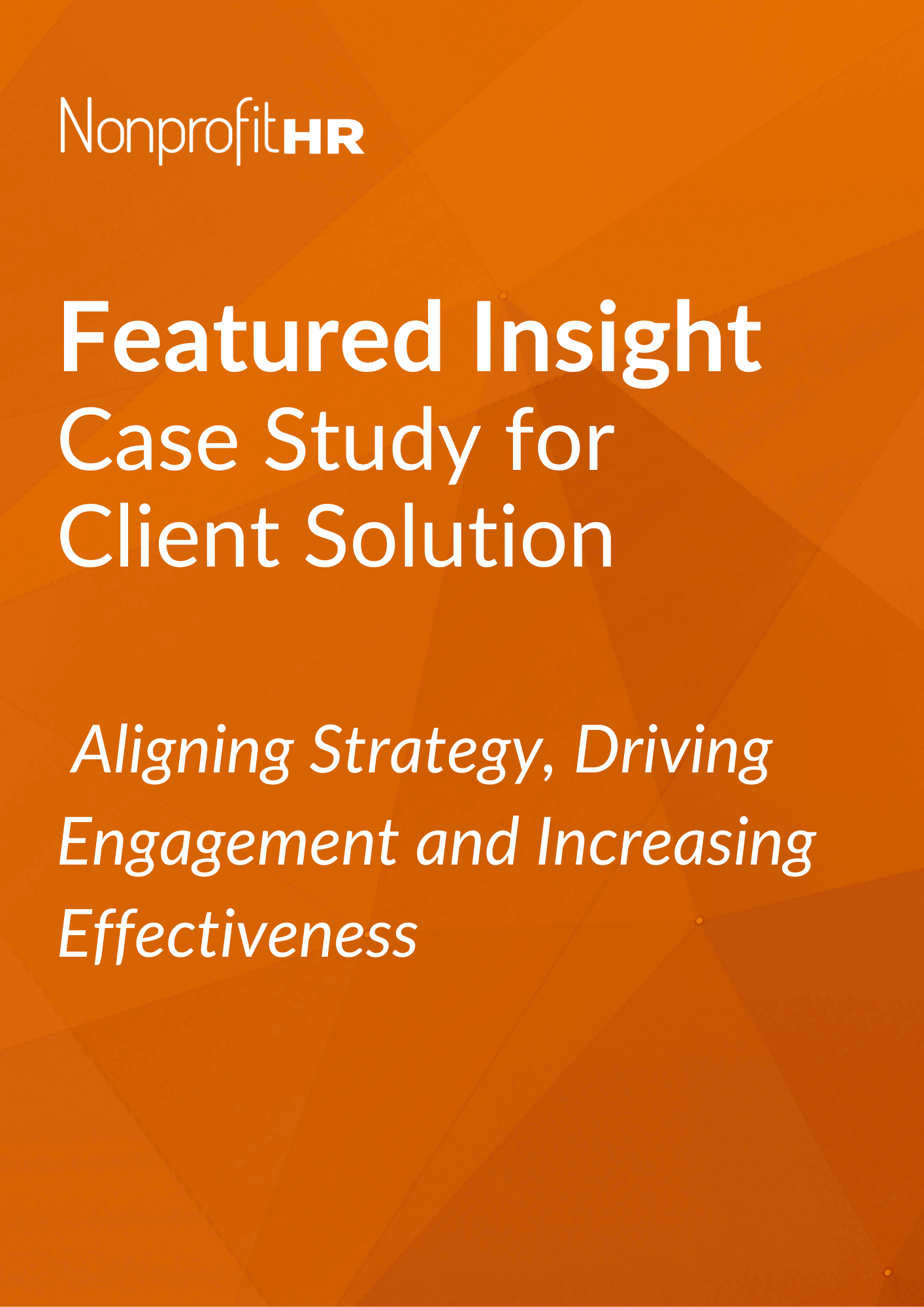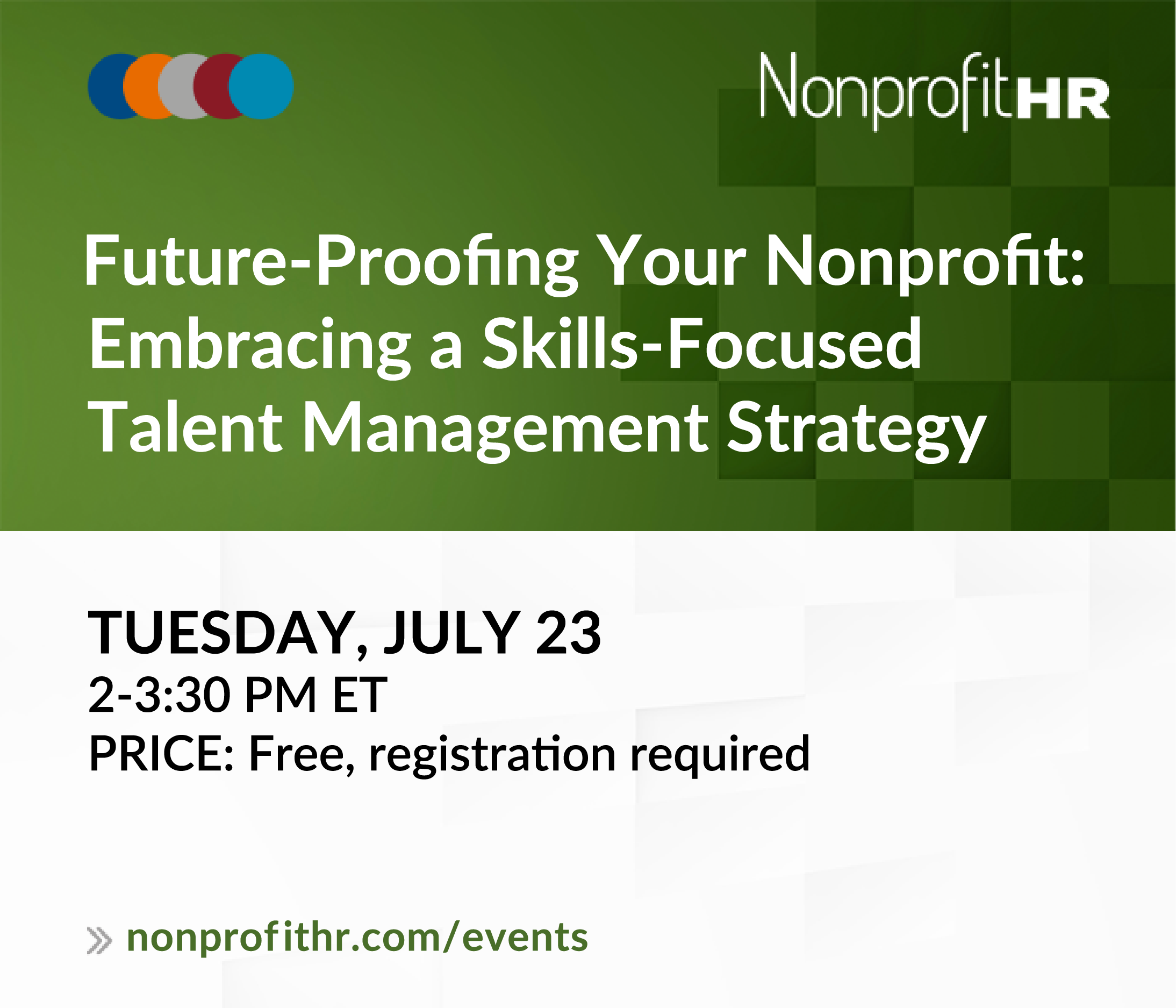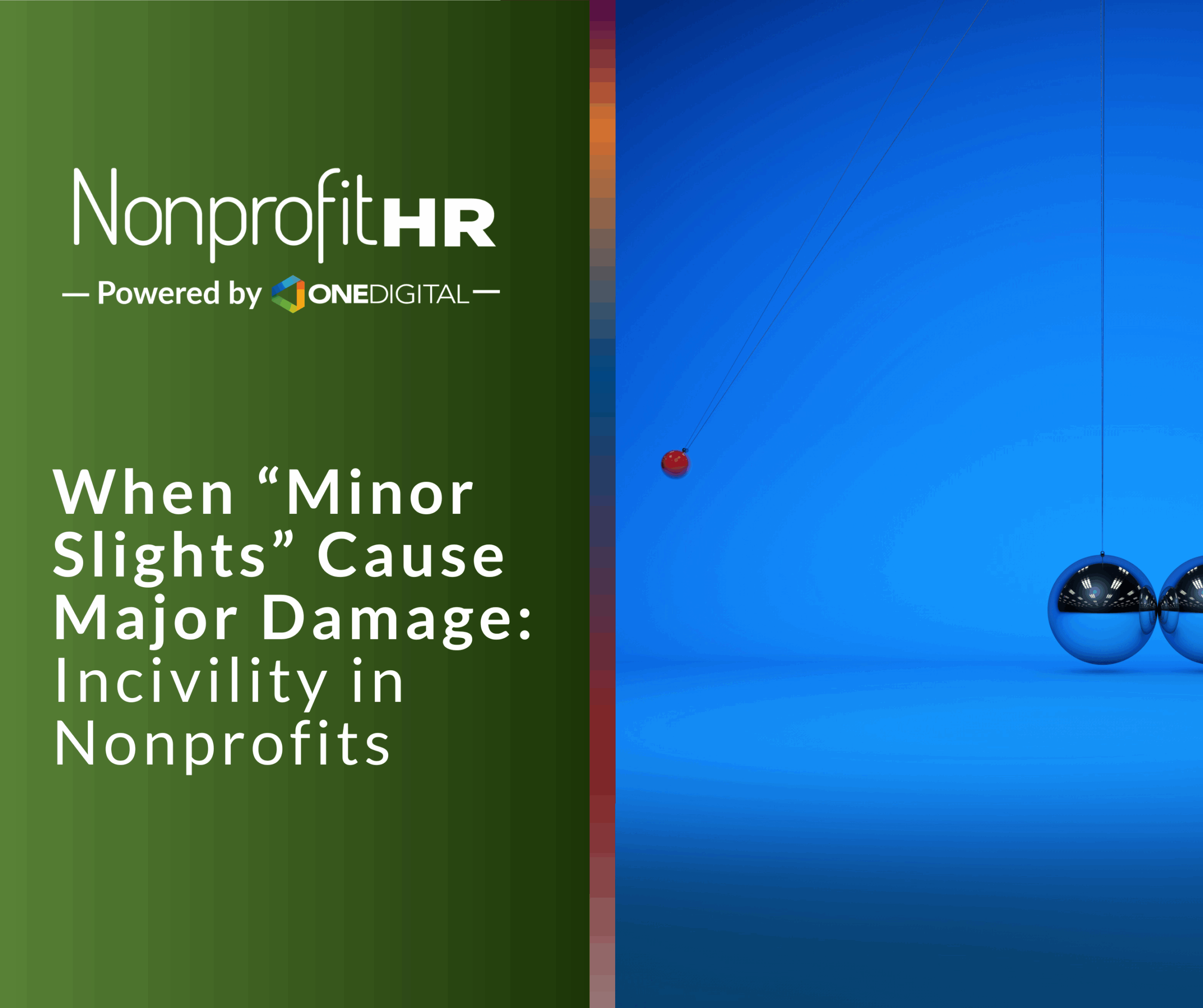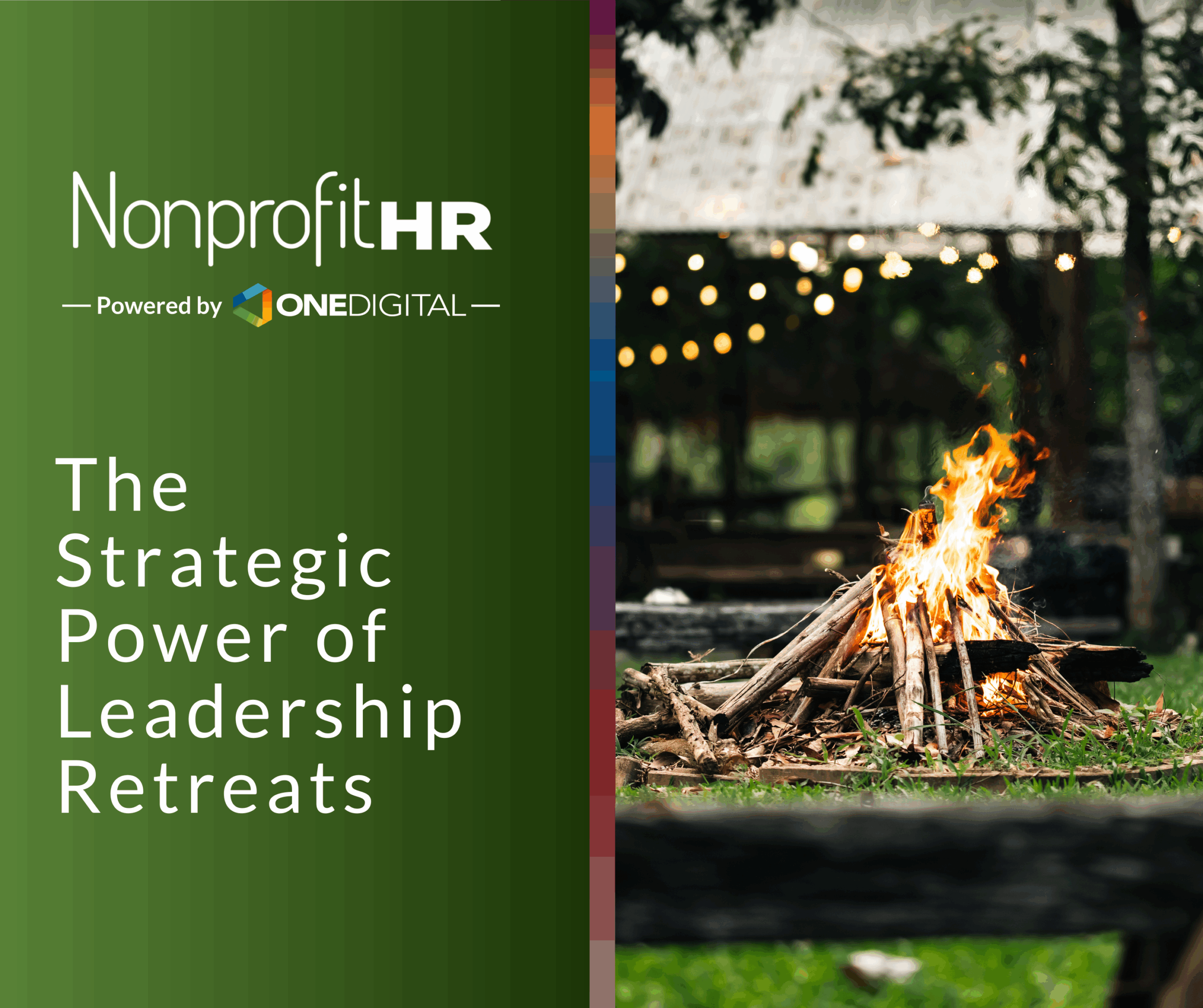WTOP: 5 ways nonprofits can…
Succession planning in your organization may not feel urgent, until it is. Nonprofits are often so focused on day-to-day operations that thinking about who’s next can fall off the radar, but when senior leadership transitions hit without a plan in place, it can leave teams scrambling and missions vulnerable. Succession planning for these roles is about building long-term resilience. It ensures continuity, preserves institutional knowledge and helps rising leaders’ step into new roles with confidence. More than a mere safety net, it is a smart, strategic investment in your organization’s future.
When it comes to succession planning, it is all about making sure the mission stays strong and that your next leader has the right skills to carry it forward. There are three key competencies to look for when evaluating a new leader that can most powerfully support their successful transition into your organization.
- Strategic Agility: It’s not enough to set a long-term plan, a leader needs to be able to pivot when the landscape shifts (which it always does). Strategic agility means balancing big picture thinking with the ability to act fast, stay aligned with the mission and make decisions even when there’s some uncertainty.
- Equity-Centered Leadership: Equity isn’t just a value; it must show up in how leaders operate. That means inclusive decision-making, equitable systems and being intentional about whose voices are heard. Leaders who lean into this build trust and create lasting change from the inside out.
- Talent Development & Culture Building: You can’t lead well if your team isn’t thriving. Leaders need to invest in their people, build inclusive and healthy work cultures and help others grow into leadership too. The best leaders are focused on today’s goals while building the next generation.
These three competencies don’t just help someone get a leadership role, they help them keep it, grow it and lead with purpose. For boards, hiring managers or HR teams amid succession planning, these can be baseline skills to prioritize finding for mission-driven leadership that lasts.
Designing a Compensation Strategy That Reflects Your Mission
A thoughtful compensation strategy attracts talent by signaling your organization’s values and commitment to long-term leadership. A strong total rewards package includes salary, bonuses, benefits, retirement and meaningful perks that support lasting success.
Ensure your offer is fair, competitive (but not excessive), and aligned with both the role and your mission. Board involvement is also essential for transparency, compliance and credibility. When tied to your succession goals and leadership needs, compensation becomes a powerful part of sustaining resilient, future-ready leadership.
Challenges & Opportunities of Hiring in Uncertain Times
Hiring senior leaders during periods of uncertainty, whether due to economic shifts, leadership transitions or social and political change can feel risky. But it’s also a moment of real opportunity. Organizations that recognize the unique dynamics of these moments can make bold, future-facing choices.
The Challenges
- Talent hesitancy: Top candidates may be more cautious about making a move.
- Resource pressure: Budget constraints can limit flexibility on compensation or onboarding.
- Team fatigue: Staff may be navigating burnout, turnover or instability.
The Opportunities
- Mission clarity: Uncertain times force organizations to get clear about what matters most.
- Fresh leadership energy: A new leader can bring perspective, momentum and renewed vision.
- Culture resets: Transitions offer a chance to re-align values, team structure and strategy.
The key is to lead the search with transparency, empathy and a strong sense of the organization’s long-term goals. When done thoughtfully, executive hiring in uncertain times can be the spark that takes a nonprofit’s mission to the next level. This is your opportunity to find someone who can not only do the job today, but who will drive the mission forward for years to come. Engaging an external executive search partner can also bring an instrumental perspective, structure and alignment, especially when navigating pivotal and complex transitions. To understand how someone will show up in the role, live out the mission and shape the organization over time, consider how you will evaluate what really matters to your organization. For example:
- Ask about how they lead teams, navigate conflict, and show up in everyday work not just how they perform in high-stakes situations. Look for alignment in work style, communication and values.
- Go deeper than “Why do you want this job?” Ask what draws them to your mission, how their past work connects to your cause, and how they’ve advocated for equity, justice or impact in real ways.
- Explore how they’ve built systems, grown people and contributed to the sustainability of past organizations. Ask how they measure success over time and how they help others rise with them.
Strengthening Internal Readiness Through Succession Planning
Leadership transitions are inevitable. What determines whether they’re turbulent or transformative is how well we’ve prepared, not just for the logistics, but for the emotional and cultural shifts they bring. When change is normalized and planned for, rather than seen as a threat, transitions become less disruptive and more empowering.
Succession planning is most effective when it starts early and becomes a regular part of organizational life. For example, consider who within your team shows leadership potential and how the organization can create stretch opportunities to develop emerging leaders before they take on new roles.
In the process, ensure you are documenting institutional knowledge such as processes, responsibilities and relationships — and making sure that information is accessible. This is one of the most practical and powerful steps you can take because it creates continuity regardless of who’s at the helm.
The board also has a unique and critical role in this process. They need to be part of building a leadership pipeline, helping define what future leadership should look like, and ensuring alignment with mission and values.
And finally, it is paramount to have a communication plan in place. Transitions — even good ones — create uncertainty. Silence during these times breeds speculation, anxiety and disengagement. Open, transparent communication keeps staff grounded and invested. It’s not about having all the answers. It’s about being honest, clear, and inclusive in the process.
Leveraging Inclusive Hiring to Broaden Talent and Deepen Impact
Inclusive hiring practices are one of the most impactful ways to strengthen your organization’s foundation and demonstrate values alignment. Because the people you bring in from outside your organization, and the diversity of perspectives they offer, shape your strategy, your culture and your long-term sustainability.
Let’s start with access. If we keep sourcing talent from the same places — the same networks, the same schools, the same professional circles — we’re going to keep getting the same results. Broadening your talent pool requires intention. Partner with community organizations. Look at alternative education pathways. Offer flexible application processes that account for different lived experiences.
Reducing bias isn’t just about removing names from résumés. It’s about challenging the assumptions we carry into interviews. Do we value someone’s nonprofit experience more than their corporate or lived experience? Are we mistaking confidence for competence, or overlooking brilliance because it doesn’t present in a familiar package?
You don’t need a big budget to be inclusive. What you need is creativity and commitment. Partner with grassroots groups, rethink where you post jobs, make your interviews more conversational. Small actions, like offering flexible hours or asking for lived experience, can make a huge difference in who feels welcome to apply.
And here’s the truth: Inclusive hiring doesn’t end with a job offer. It continues with onboarding that truly integrates new staff into your culture, with mentorship that supports their growth, and with leadership pathways that are transparent and equitable.
Ultimately, organizations that approach succession with intention are more creative, more responsive, and more trusted by their communities. With the right leadership, aligned values, and a team that reflects and understands the communities they serve, they can navigate change with confidence and continue advancing their mission for years to come.
Looking for support for your next executive search? Our team will partner with you to:
- Facilitate conversations that surface what kind of leader is truly needed now and in the future
- Offer insight on candidate market trends, competitive positioning and risk management
- Tell your story effectively and in a compelling, honest way that resonates with mission-aligned candidates
- Identify leaders who are not just qualified, but equipped to help your organization grow, evolve and thrive
Schedule a mini consult with us today.
Contributing Authors
 |
 |
 |
|
Jami Armstrong, CSC
|
Cassandra Bacon
|
Lisa McKeown
|


